- California Assembly OKs highest minimum wage in nation
- S. Korea unveils first graphic cigarette warnings
- US joins with South Korea, Japan in bid to deter North Korea
- LPGA golfer Chun In-gee finally back in action
- S. Korea won’t be top seed in final World Cup qualification round
- US men’s soccer misses 2nd straight Olympics
- US back on track in qualifying with 4-0 win over Guatemala
- High-intensity workout injuries spawn cottage industry
- CDC expands range of Zika mosquitoes into parts of Northeast
- Who knew? ‘The Walking Dead’ is helping families connect
For Sandoll CEO, creating Korean fonts equals finding true identity
SEOUL, Dec. 19 (Yonhap) — Only a few Koreans might have heard of Sandoll Communications. But they are probably using the company’s products every day when reading a book, using a computer, sending a text message or finding their way around town via traffic signs.
CEO Seok Geum-ho has spent more than three decades in developing typography for the Korean alphabet hangeul, a task that was hardly given any attention when he first started in the late 70s.
After graduating college, majoring in Applied Fine Arts at Hongik University, a popular art school in Seoul, Seok started his career as a designer for the Korean version of “Reader’s Digest,” a globally popular American monthly lifestyle magazine. He designed the cover page by handwriting the headlines and drawing the layouts with a fine brush.
Soon after he started working, the Korean publishing industry began importing Japanese phototypesetting machines, which were considered a breakthrough in printing technology. Previously it had heavily depended on movable type pieces made mostly of metal lead. Along with the machines came a few imported Korean fonts.
“I was so shocked to learn that our country was unable to print a single book without using Korean fonts that were made in Japan. For many days, I could neither eat nor sleep,” he said in a recent interview with Yonhap News Agency. “I thought it didn’t make sense and it hurt my pride.”
He shuddered to think how his future children would react to the fact and his inaction. He even imagined that they would demand one day, “Daddy, you were a designer when your company imported hangeul from Japan. What did you do to change that?”
He couldn’t just sit idle and watch, and he made a decision that would change his life. He quit the company to “do something about it.” In the spring of 1984, he rented a small studio and started studying Korean typography and developing various fonts. With little demand for Korean fonts at that time, he did odd jobs like designing book covers for several years. He barely got by.
“I remember I was always hungry. I ate instant noodles every day but I was just happy because I knew what I was doing and why I was doing it,” he said.
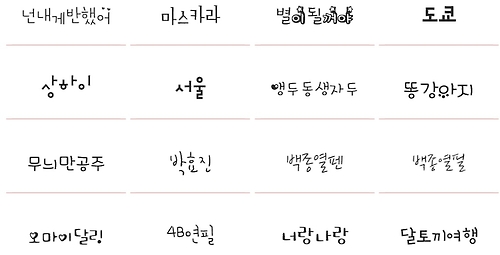
The image, taken from the website of Sandoll Communications on Dec. 19, 2016, shows various Korean typefaces the company has developed.
As the personal computer began to be released in the late 80s, the demand for different types of Korean fonts started to pick up.
“I was like a fish in water. Suddenly I had to work overtime to meet the rising demand from businesses who wanted me to develop Korean fonts for word processor,” the 61-year-old said.
Now the company has developed nearly 600 Korean fonts, which are widely used not only by Koreans but by many global corporations including Microsoft, Apple, Intel and Google, to name a few. It also develops custom fonts for businesses, including Hyundai Card, Naver and Kia Motors, which increasingly use typography as a way to define their corporate identity.
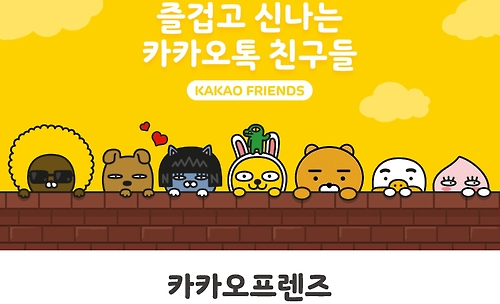
Sandoll Communications developed a custom font for Kakao Talk, a widely used Korean chat application. The image is taken from Sandoll’s website on Dec. 19, 2016.
In 2008, the company has rolled out stationary and emoticon brand “Sandoll Tium.” Its products — ranging from notebooks to pencil cases to large emoticons on popular chatting app Kakao Talk — became very popular, largely by provoking nostalgia with images and designs seen in the school textbooks from the 70s and 80s. Along with the friendly design that Koreans feel close to, smart and funny hangeul phrases are considered another reason for its popularity.
Though his company diversifies, the core message Seok tries to give remained unchanged, he said.
“I believe the core to Korean identity could be found in the spirits of King Sejong who sacrificed himself to create hangeul to make the lives of his people better and comfortable,” he said. “When you fully accept the spirits and live by them, you would never forget who you are and where you came from.”
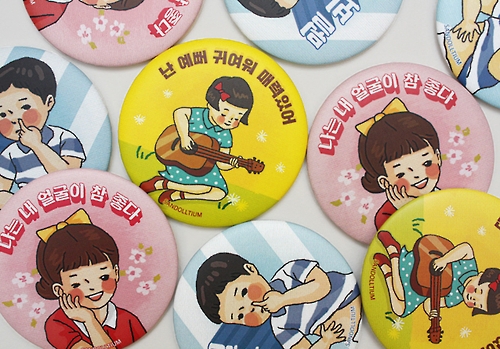
The image, taken from the website of Sandoll Communications on Dec. 19, 2016, shows various badges with Korean wordings.







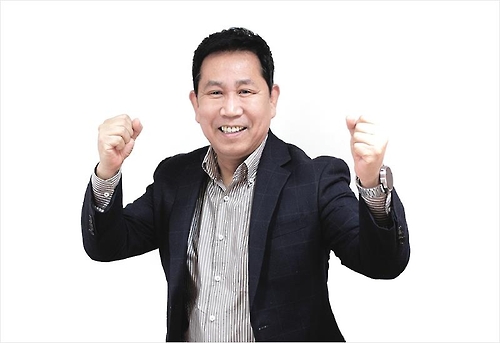

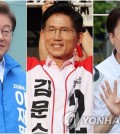
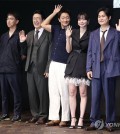


kelly
November 27, 2017 at 3:45 PM
yes..I like the basic concepts behind Second Life but it seems incredibly outdated and when I played it was intensely non-intuitive / user friendly to an extent that made EVE look like a game for toddlers. thanks from
togel online